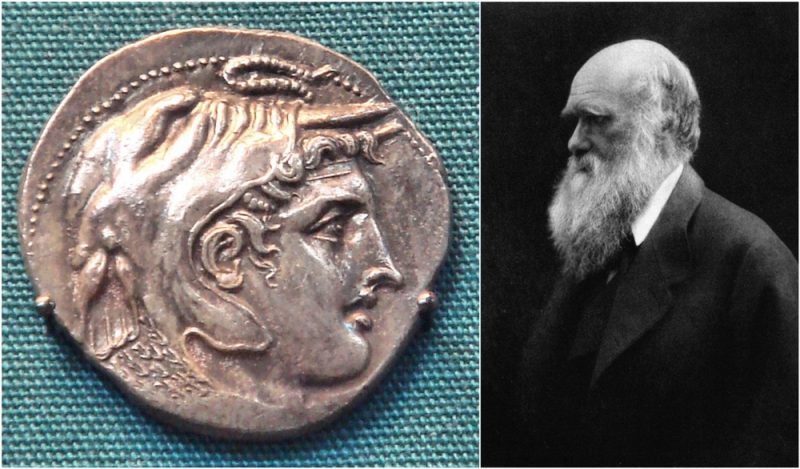Throughout history, society’s attitude towards male beards has widely varied depending on many factors. Some of them were related to culture or religion, while others to the current fashion trends.
The Sikhism religion considered full beard to be absolutely essential for all males who were able to grow one, as a part of their official dogma. Another aspect of this religious view was the beard’s symbolism that manifested virility, strength, wisdom, sexual power, and a high social status.
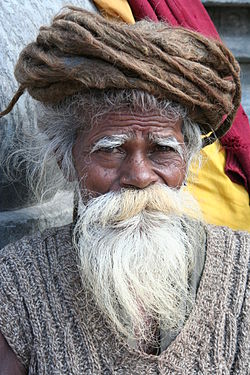
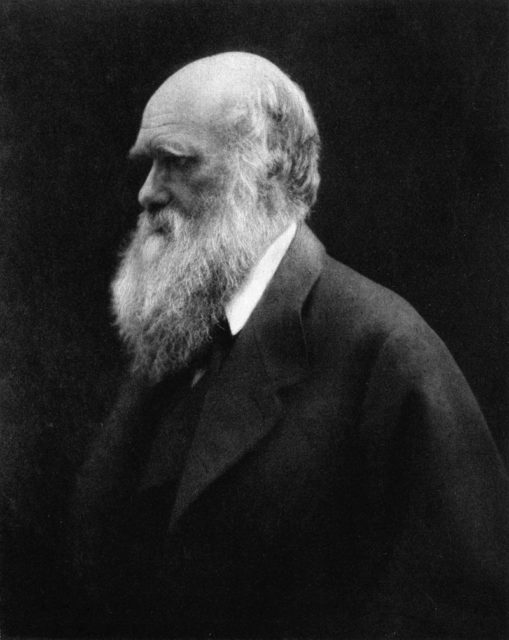
According to biologists, the beard is man’s secondary sexual feature because it’s unique to one’s sex. However, having a beard doesn’t have any influence in reproduction. Modern biologists concluded that majority of women find men with beards more attractive and physically strong unlike those without any beard.
The evolutionary psychology explains that beards are a sign of sexual maturity and signalizing dominance. In addition, men with clean-shaven faces are rated as less dominant than the bearded.
The beard can also be interpreted as an indicator of a male’s entire physical condition. The rate of facial hairiness appears to influence male attractiveness. Having a beard used to be presumed as a potential vulnerability in fights, however, some biologists have speculated that there must be other evolutionary benefits that outweigh that drawback.
In the ancient world, the beard was very respected and nourished. For example, the Egyptian men preferred their beard to be dyed or hennaed. In India, men were growing long beards because they believed that the beard is a symbol of dignity and wisdom.
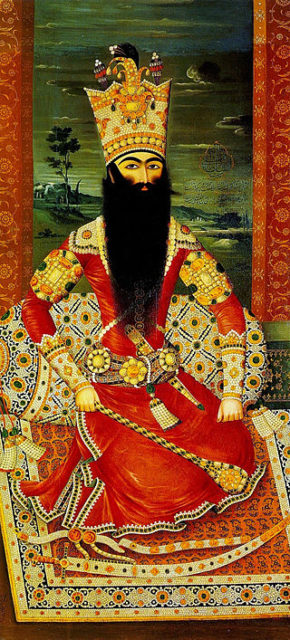
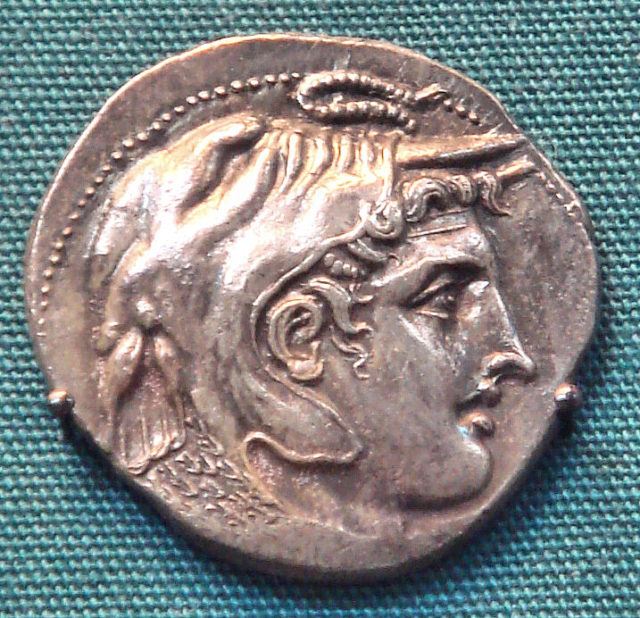
The Ancient Greeks regarded the beards as a symbol of virility, unlike smooth faces which were regarded as a sign of effeminacy. The Spartans punished cowardice by shaving beards. Greek beards were frequently curled with tongs.the time of Alexander the Great, the smooth shaving was introduced. Alexander ordered his soldiers to be shaved, fearing that their beards may be seen as
During the period of Alexander the Great, the smooth shaving was introduced in Macedonia. Alexander ordered his soldiers to be shaved, fearing that their beards may be perceived as a weakness during battles. The enemies could grab the soldiers’ beards, hold them and kill them easily. Because of this, the practice of shaving continued to spread. The kings of Macedonia which were represented on coins, were clean-shaven. After the Macedonian period, men with beards implied philosophers.
Beards remained rare among Romans, as well as Celts and Germanic tribes. They had long hair and mustaches but were beardless. Unlike them, the Gaelic Celts of Scotland and Ireland let their facial hair grow into a full beard, and it was often seen as dishonorable for a Gaelic man to have no beard.
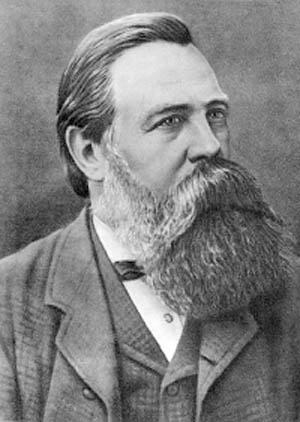
In the Middle-Ages, a beard represented knights’ virility and honor. This shows that in that period, knights were bearded, except the Catholic clergy that was required to be clean-shaved.
Holding somebody else’s beard in the Middle-Ages was a serious offense that had to be righted in a duel.
